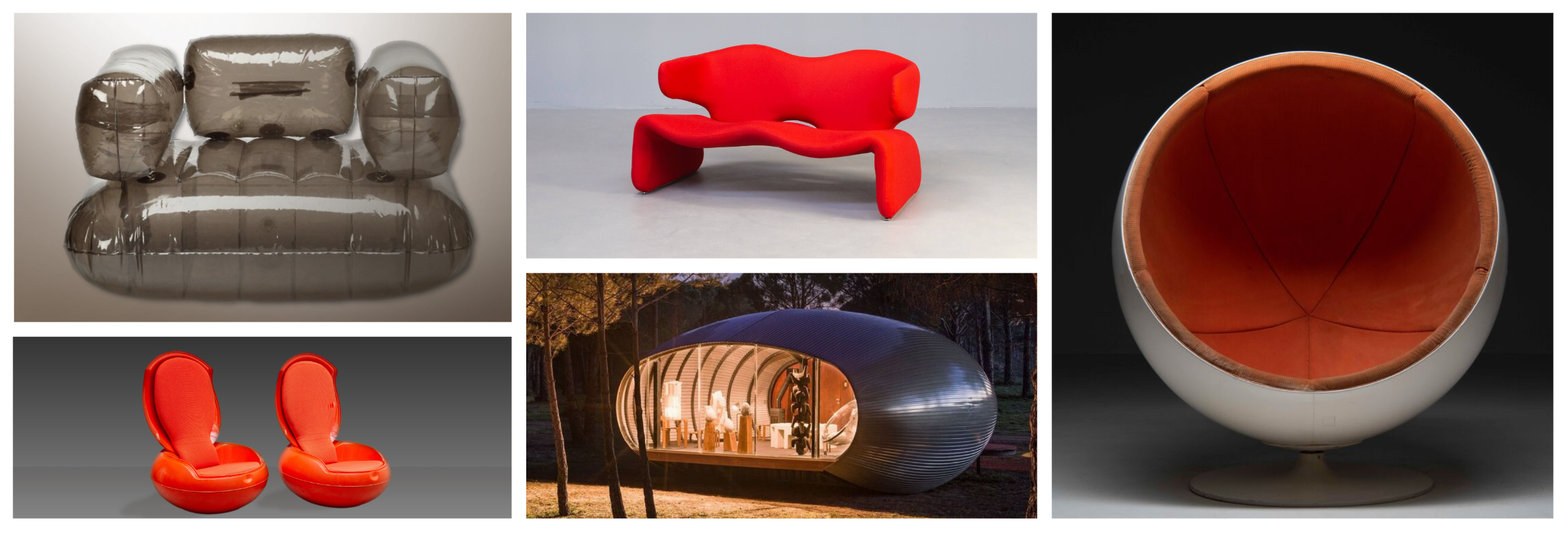The Space Age design movement exploded out of the optimism and cultural landscape of the mid-20th-century space race, leaving us with a legacy of highly collectible design icons infused with the exuberance of the era
Just last month, the jacket Buzz Aldrin wore to the moon during the Apollo 11 mission achieved a record-breaking $2.8M at Sotheby’s in New York. More than half a century has passed since that first moon landing, yet nostalgia for those early days of space exploration appears stronger than ever.
Perhaps it’s because of what that era represents. Soldiers in the US had returned from WWII to a strong economy; the baby boom was under way and the American Dream had never looked so achievable. War rationing in the UK had finally ended in 1954 and a shattered Europe was recovering and rebuilding. The cold war created a new sense of purpose and solidarity in the west.


In October 1957, the Soviet Union launched the unmanned Sputnik 1 satellite – the event that is now taken as heralding the start of the Space Age. This set off the Space Race – a frenzy of competition between superpowers, reaching its zenith in the Apollo moon programme.
The space race had an electrifying effect on culture. It’s hard to imagine now, with our thousands of satellites, International Space Station and Hubble and James Webb telescopes, that not a single body in the solar system had been visited. It would be four decades before the first exoplanet was discovered. No satellites orbited Earth. Many believed it plausible that intelligent life could exist on Mars.
Those early steps into space truly felt like the dawn of a new phase of humanity. People began to imagine a new way of living – new horizons, new materials, a whole new way of existence. It was an age of optimism – even utopianism – that reverberated throughout culture, from fashion and music to design and art. Space was cool.



The Space Age as a design movement
Just as society was glimpsing the future through the lens of the space age, and reconsidering how we might live and structure our lives, innovative new materials were upending the possibilities of what could be created. Materials like plastic, fibreglass, moulded plywood and stretch fabrics, developed or improved through the war years, began to find their way into the workshops of a new generation of designers. At the same time, pop culture was exploding, impacting design, fashion and lifestyle in a way not seen since the 1920s – or perhaps ever. Revolutionary furniture seduced a population flush with increasing purchasing power with new, futuristic, sexy, fun and outlandish designs, heavily influenced by space – whether space ships, UFOs, rockets, or just notions of how one might live in the new era of space travel.
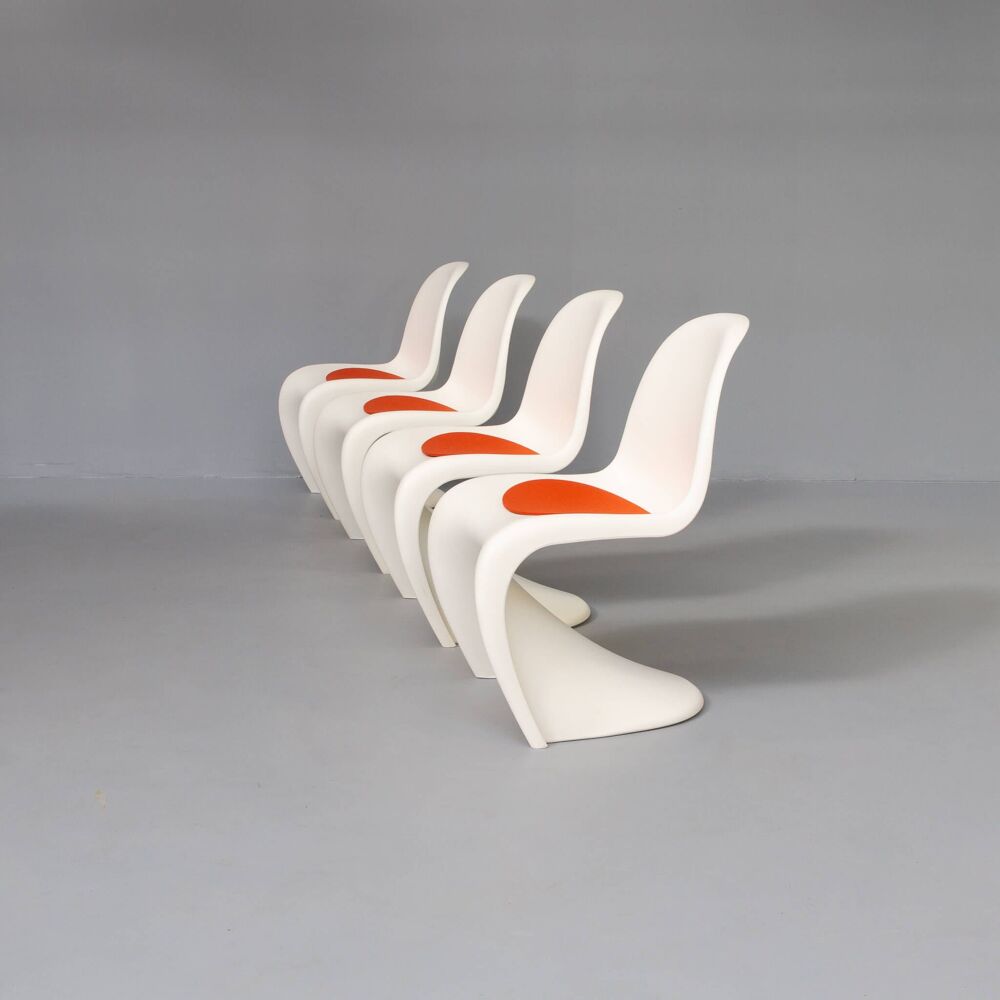
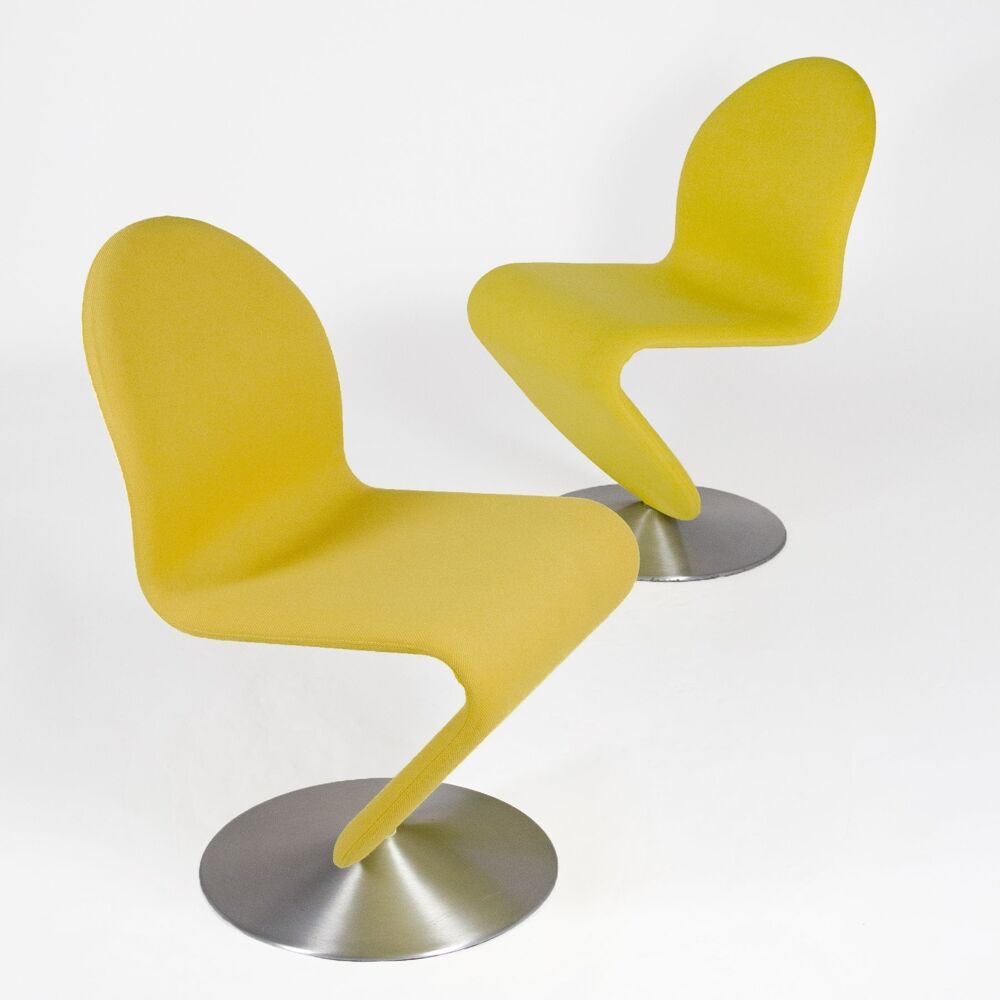
Icons of Space Age Design
Danish designer Verner Panton was one of this new generation of designers. Still a teenager when WWII ended, he was 31 when Sputnik I first orbited Earth, and hitting the prime of his career. Panton designed several classics of Space Age design, the most famous being what’s become known as the Panton Chair (above). Designed in 1959, it became an icon of the 60s, with its sinuous monobloc of high-tensile fibre-glass-reinforced polyester – a new material which made its shape possible. With a shiny finish and white or bold colours, it was an instant classic that is still being manufactured by Vitra today. Other classics by Panton which fall into the Space Age canon include his Verpan Moon Pendant Lamp and the Heart Chair.
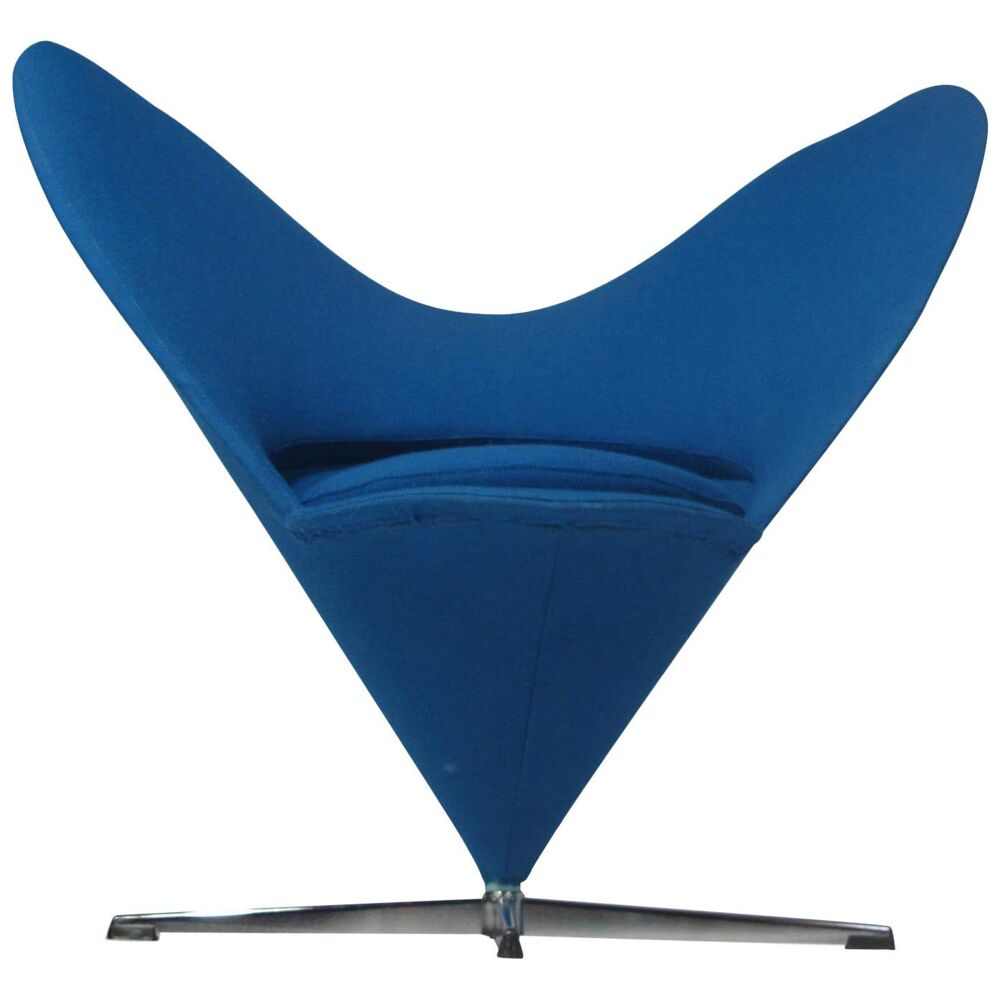
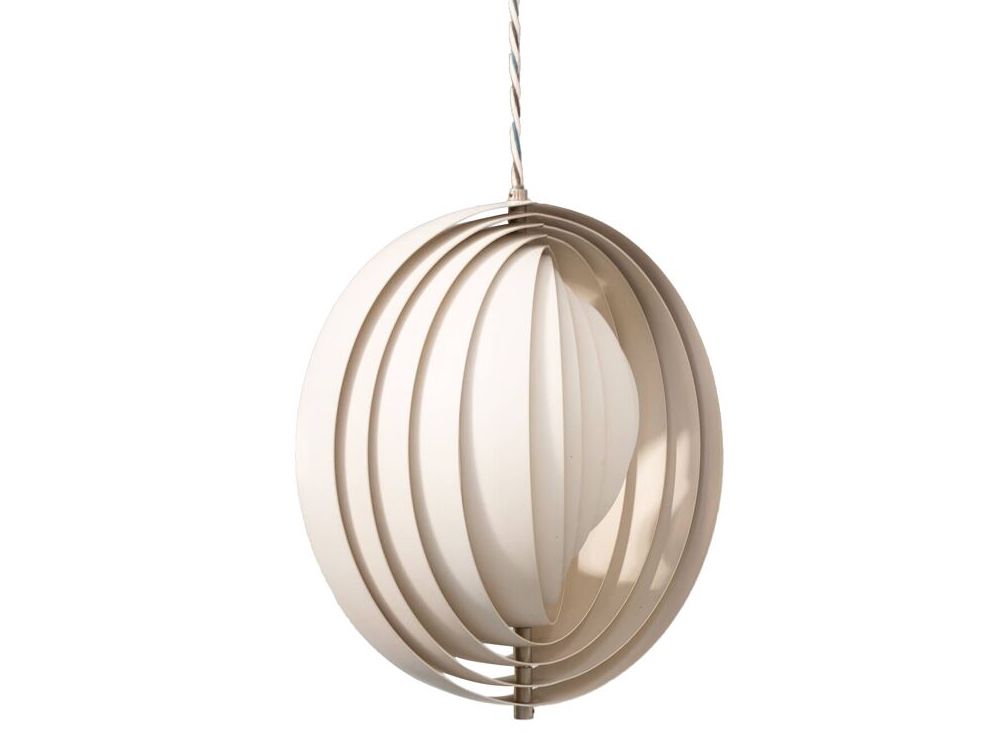
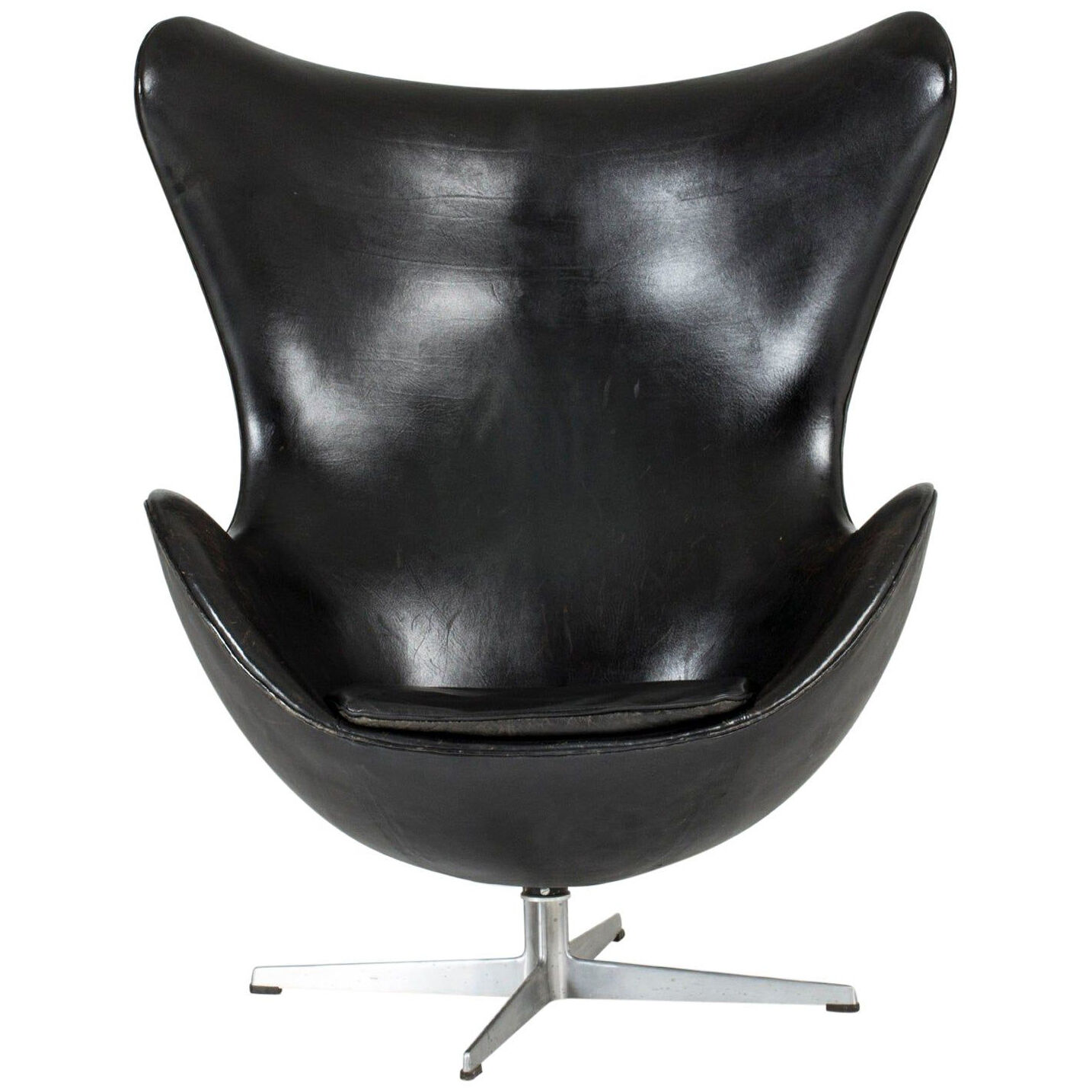
Panton had studied in the architectural practice of Danish designer Arne Jacobsen, who is credited with another Space Age classic, his 1959 Egg Chair. Now synonymous with the 1960s, its curvilinear design suggests the pod-like structures of space capsules.

The enveloping pod-like appearance was taken several stages further with Eero Aarnio’s Ball Chair, designed in 1963 and manufactured by Asko in 1966. It’s an enduring pop-culture classic that immediately conjures up images of space travel and futuristic habitats – equal parts fashion icon and museum piece.
One of the most overtly space-influenced design classics is the Sputnik Chandelier – named, of course, after Sputnik I. Originally designed by Gino Sarfatti, one of the most desirable versions is the Italian 1950s Stilnovo, though the Sputnik Light has become a standard of mid-century-modern design, with multiple versions, designers and manufacturers.



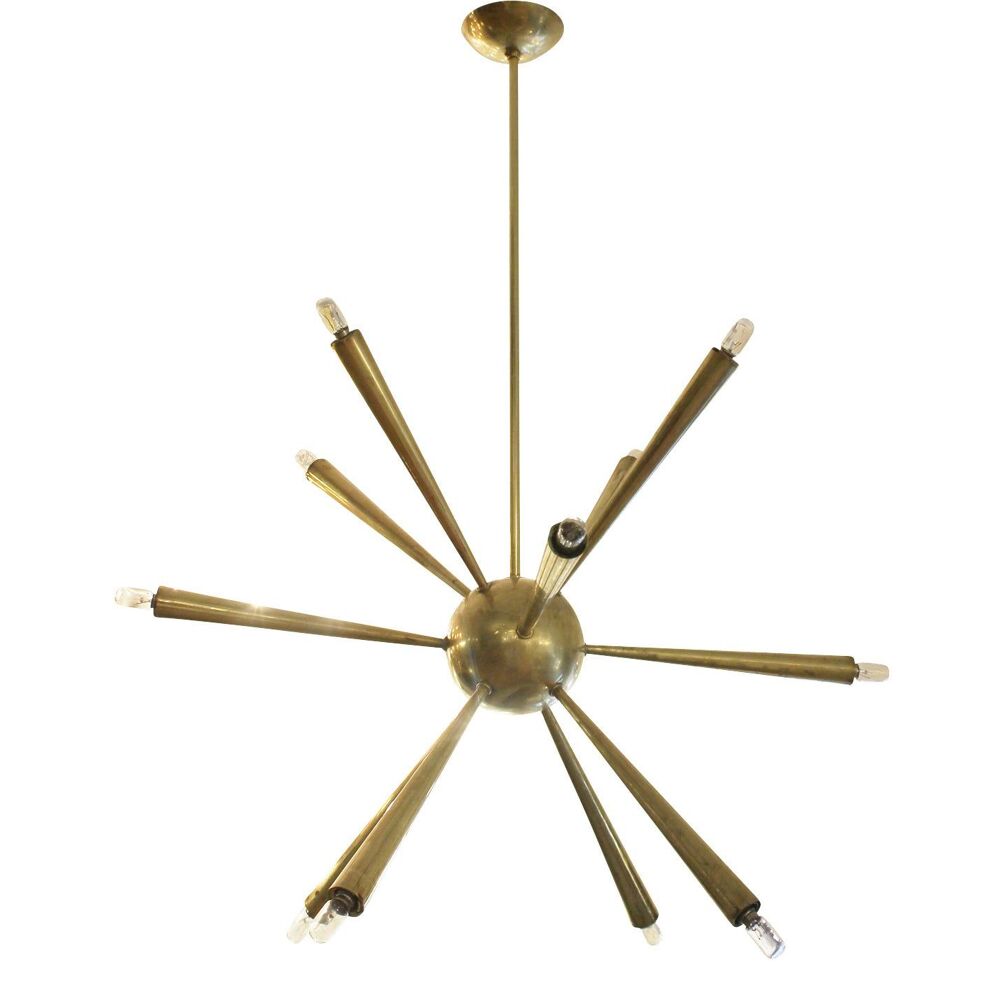
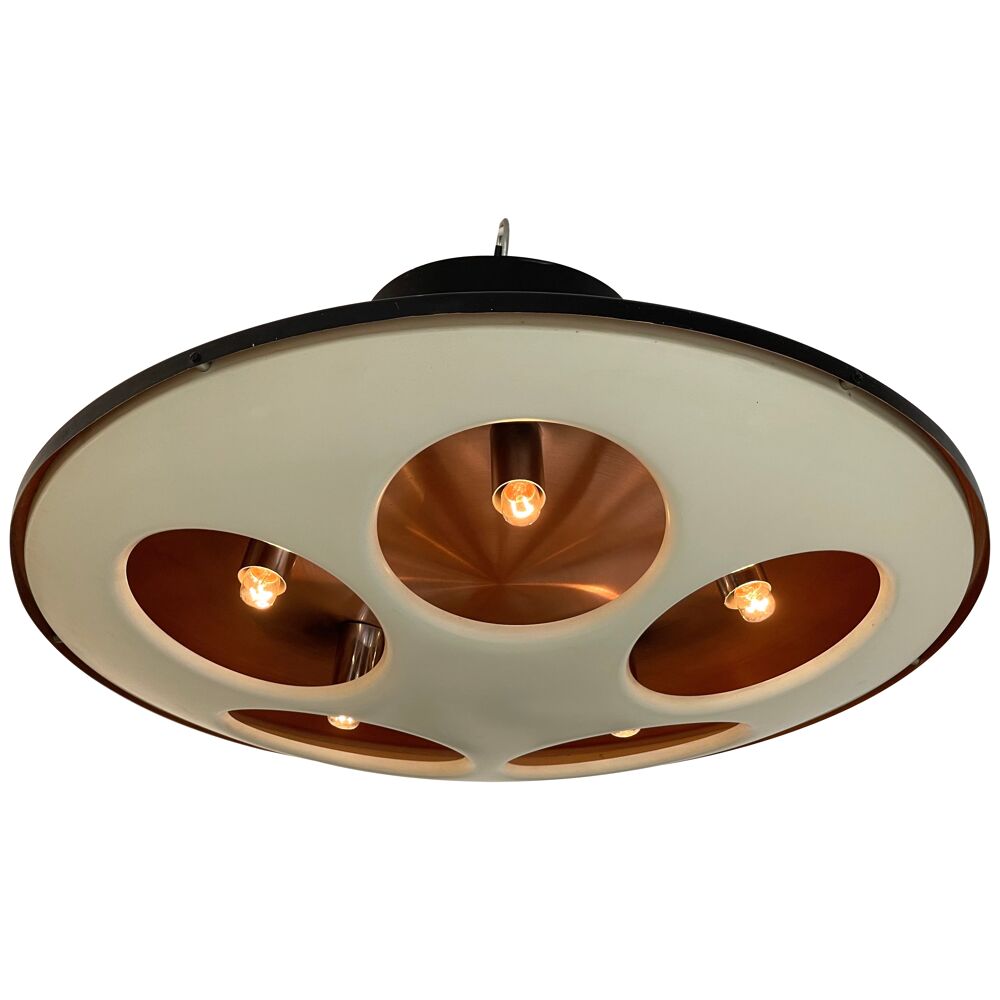
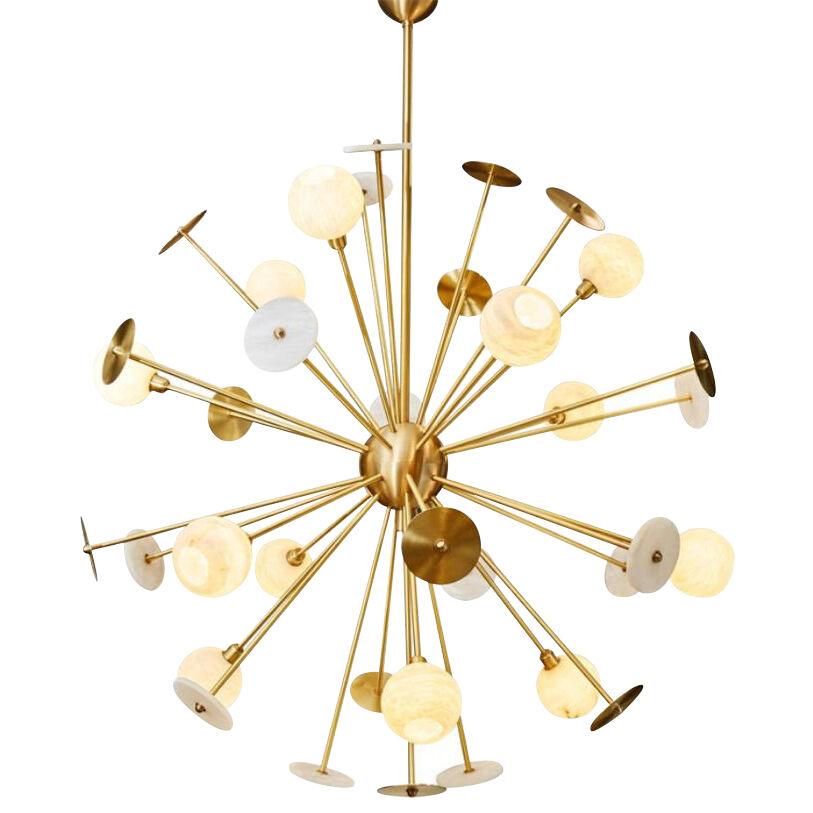
Another fabulous example of Space Age lighting from Stilnovo is their flying saucer-shaped 1243 Light in brushed copper and brass – packed full of mid-1960s Italian élan.
One of the most spectacular examples of Space Age design is the Nova House, designed by Michel Hudrisier and M. Roma in 1972 for Studio Rochel. Pure sci-fi, it bears all the hallmarks of the movement – shiny surfaces, bubble forms and a futuristic aesthetic. The €250,000 pricetag (from gallerist Clément Cividino) demonstrates just how collectible Space Age design has become.
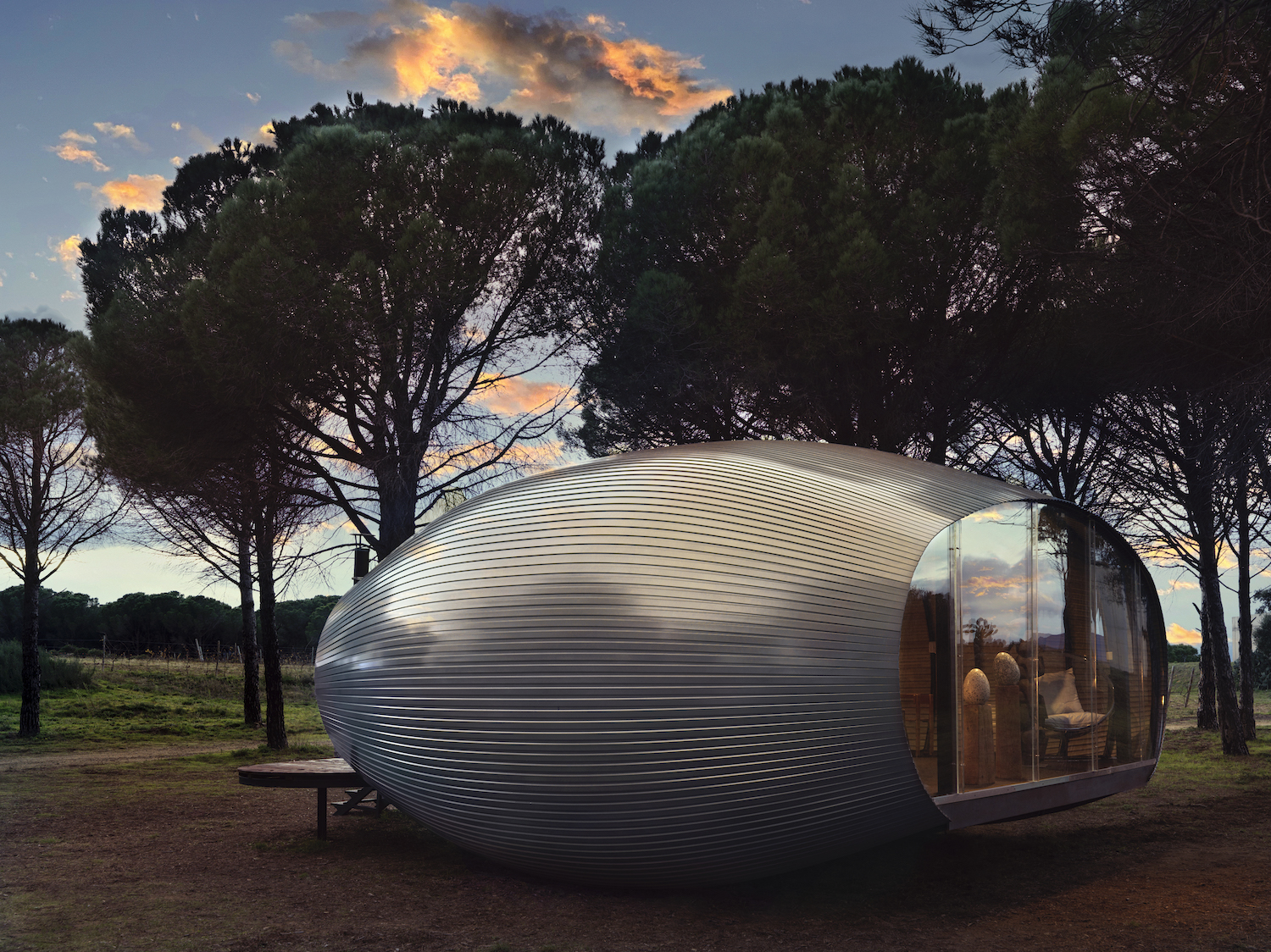
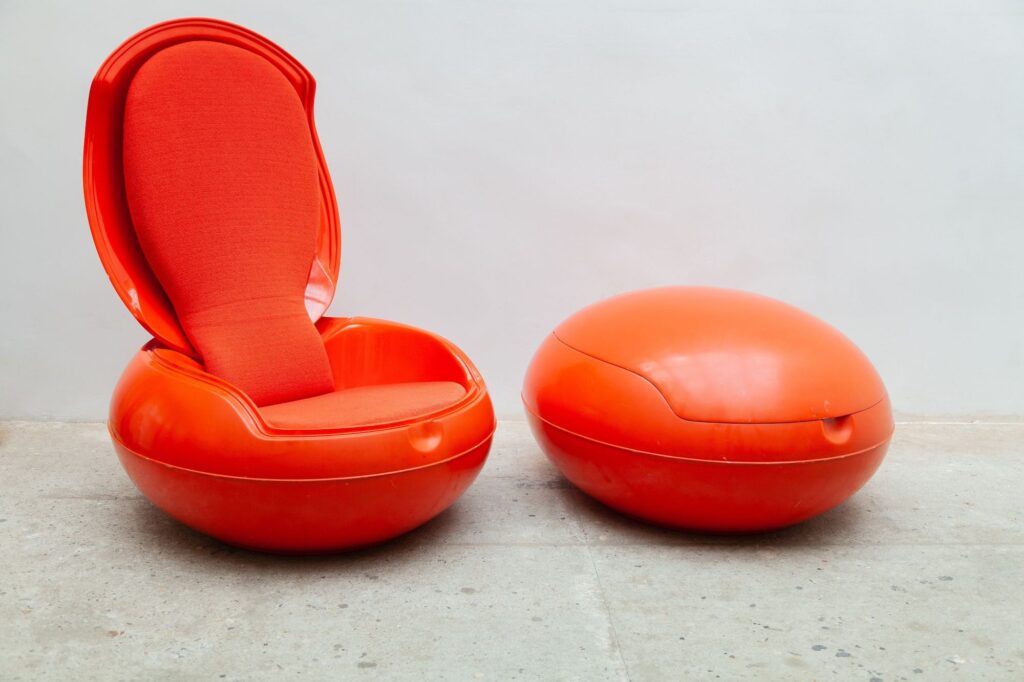
Sharing the shiny, spherical form of the Nova House is the Garden Egg Chair, designed in 1968 by the Hungarian artist Peter Ghyczy for the Elastogran polyurethane factory in West Germany. Bold primary colours, UFO-like form and futuristic in concept and aesthetic, it’s a Space Age design classic.
Three fabulous Space Age chairs to round off, all three of which look like they belong in the 1969 classic 2001: A Space Odyssey. The 1963 Djinn Chair by Olivier Mourgue actually did appear in it. The Tulip Chair by Finnish designer Eero Saarinen, didn’t, but should have done. One of the most sought-after mid-century design pieces – together with the Tulip Table – it’s a classic of modern industrial design whose unapologetic synthetic construction and futuristic curvilinear form marks it out as one of the key icons of Space Age design. Lastly, a rare piece, but no less iconic for it: the Chester Lounge Chair from the Aerospace Collection by Vietnamese designer Nguyen Manh Khanh – also known by the soubriquet Quasar. By then living and working in France, Quasar created the Chester in 1968 out of chrome-plated steel and PVC. It’s an instant Space Age classic.

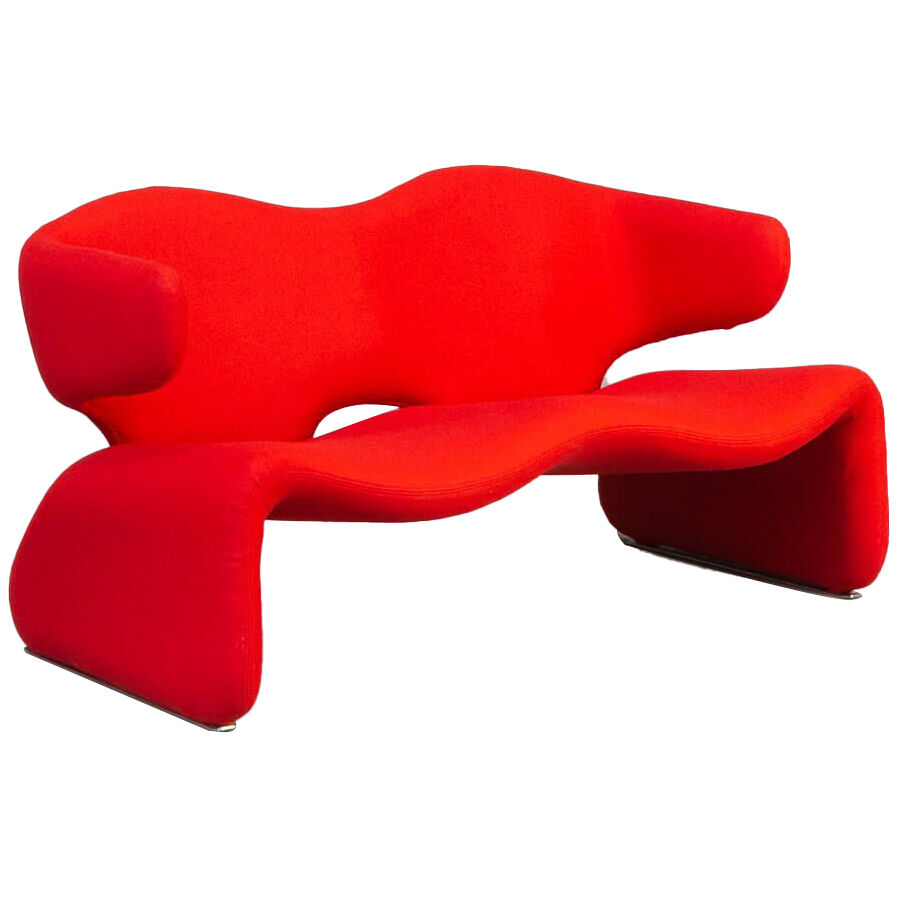
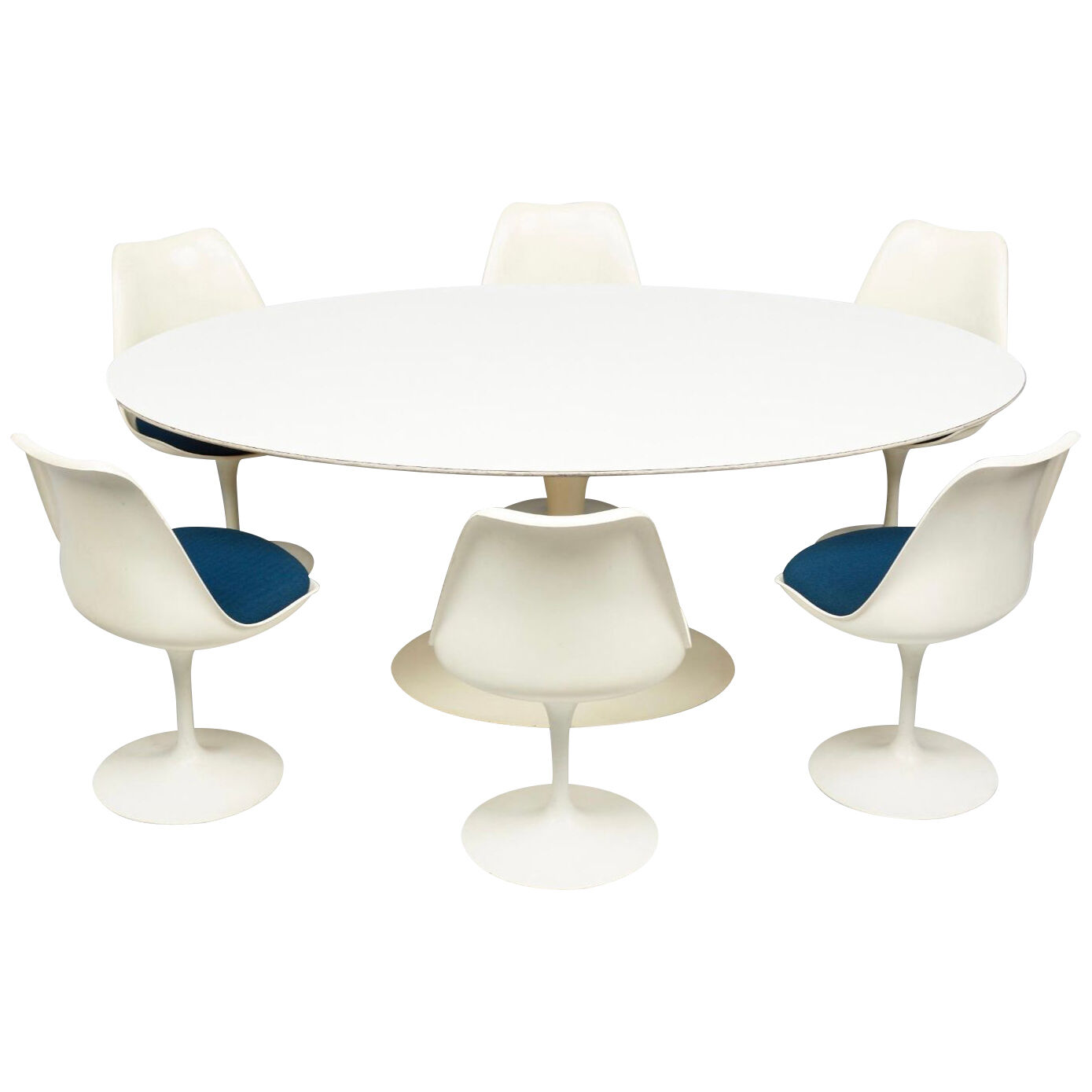
The dream ends
By the mid-1970s, the great Space Age dream was drawing to a close. Apollo 11 had transfixed the world; 650 million people had watched it live, one of the greatest television events in history. But by Apollo 17 in 1972 – the last time humans set foot on the moon – interest was dwindling. The Space Race had been won; space was old news, and the world became embroiled with the oil crisis, the tail end of the Vietnam War, and the Winter of Discontent in the UK. Perhaps the true end of what is considered the mid-century’s golden Space Age was in 1986 with the Challenger disaster, when the space shuttle exploded 73 seconds into its flight, killing all seven astronauts.
We’re now a long way distant from those heady days of the early Space Age. But the design pieces of the era live on, exerting a talismanic hold on us, emissaries from a shinier, more optimistic world.



